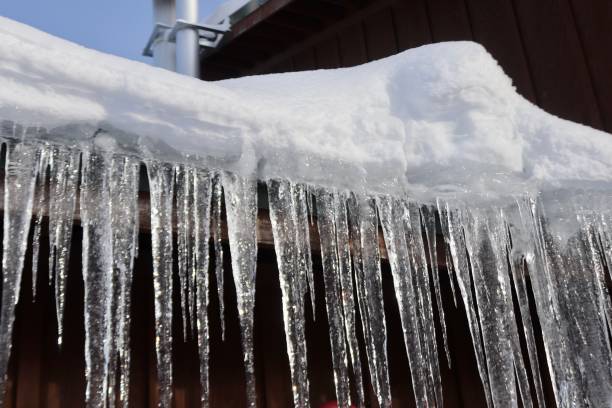Ways to Protect Pipes from Cold Weather: Expert Guidance
Ways to Protect Pipes from Cold Weather: Expert Guidance
Blog Article
Presented here in the next paragraphs you can locate a lot of decent insights on the subject of How to prepare your home plumbing for winter weather.

Winter can ruin your pipes, especially by freezing pipes. Right here's exactly how to avoid it from occurring and what to do if it does.
Intro
As temperatures drop, the danger of frozen pipes increases, potentially resulting in expensive repairs and water damages. Comprehending just how to prevent frozen pipes is essential for homeowners in chilly climates.
Recognizing Frozen Pipelines
What triggers pipelines to ice up?
Pipelines freeze when exposed to temperature levels below 32 ° F (0 ° C) for expanded periods. As water inside the pipes ices up, it broadens, putting pressure on the pipeline walls and possibly causing them to burst.
Dangers and problems
Icy pipelines can bring about water system disturbances, home damages, and pricey repair work. Burst pipes can flood homes and cause comprehensive structural damages.
Signs of Frozen Water Lines
Identifying icy pipelines early can stop them from breaking.
How to recognize frozen pipes
Try to find lowered water circulation from faucets, uncommon odors or noises from pipes, and noticeable frost on exposed pipelines.
Prevention Tips
Protecting prone pipelines
Wrap pipelines in insulation sleeves or use warm tape to secure them from freezing temperatures. Focus on pipelines in unheated or outside areas of the home.
Home heating strategies
Keep indoor rooms effectively warmed, particularly areas with plumbing. Open up closet doors to allow cozy air to flow around pipelines under sinks.
Securing Outdoor Pipes
Yard hose pipes and exterior taps
Separate and drain garden hoses before winter months. Mount frost-proof spigots or cover outdoor faucets with protected caps.
What to Do If Your Pipelines Freeze
Immediate activities to take
If you believe frozen pipes, maintain taps open up to relieve pressure as the ice melts. Utilize a hairdryer or towels soaked in warm water to thaw pipelines slowly.
Long-Term Solutions
Architectural changes
Consider rerouting pipes far from outside walls or unheated areas. Include additional insulation to attic rooms, cellars, and crawl spaces.
Upgrading insulation
Invest in premium insulation for pipes, attic rooms, and wall surfaces. Appropriate insulation assists maintain regular temperatures and lowers the danger of frozen pipelines.
Conclusion
Protecting against frozen pipes needs positive procedures and quick reactions. By comprehending the reasons, signs, and preventive measures, house owners can shield their pipes during cold weather.
5 Ways to Prevent Frozen Pipes
Drain Outdoor Faucets and Disconnect Hoses
First, close the shut-off valve that controls the flow of water in the pipe to your outdoor faucet. Then, head outside to disconnect and drain your hose and open the outdoor faucet to allow the water to completely drain out of the line. Turn off the faucet when done. Finally, head back to the shut-off valve and drain the remaining water inside the pipe into a bucket or container. Additionally, if you have a home irrigation system, you should consider hiring an expert to clear the system of water each year.
Insulate Pipes
One of the best and most cost-effective methods for preventing frozen water pipes is to wrap your pipes with insulation. This is especially important for areas in your home that aren’t exposed to heat, such as an attic. We suggest using foam sleeves, which can typically be found at your local hardware store.
Keep Heat Running at 65
Your pipes are located inside your walls, and the temperature there is much colder than the rest of the house. To prevent your pipes from freezing, The Insurance Information Institute suggests that you keep your home heated to at least 65 degrees, even when traveling. You may want to invest in smart devices that can keep an eye on the temperature in your home while you’re away.
Leave Water Dripping
Moving water — even a small trickle — can prevent ice from forming inside your pipes. When freezing temps are imminent, start a drip of water from all faucets that serve exposed pipes. Leaving a few faucets running will also help relieve pressure inside the pipes and help prevent a rupture if the water inside freezes.
Open Cupboard Doors
Warm your kitchen and bathroom pipes by opening cupboards and vanities. You should also leave your interior doors ajar to help warm air circulate evenly throughout your home.

I was made aware of that report about 6 Ways to Prevent Frozen Pipes through a buddy on a different web address. Appreciated our entry? Please share it. Let others discover it. I praise you for being here. Come back soon.
Schedule An Appointment Report this page